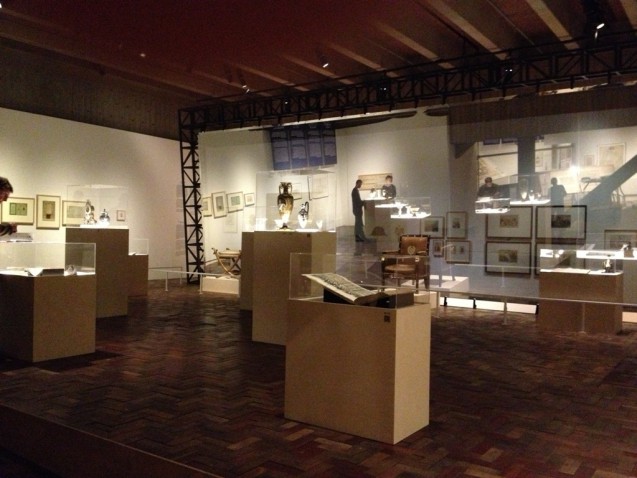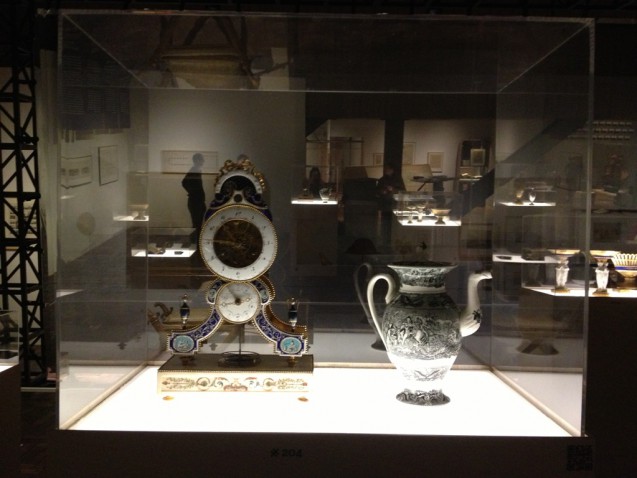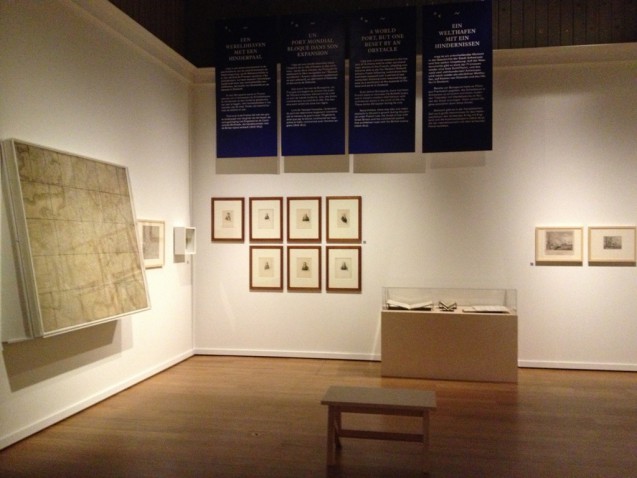What was your role in the exhibition ‘Bonaparte at the Scheldt’?
The work of controlling the collections at the heart of the Fondation Napoléon for an exhibition such as ‘Bonaparte aan den Schelde’ at the MAS mainly covers logistics and technicalities. My job is to organise the movement of objects and to anticipate any problems or possible dangers.
Once the loan has been agreed, I fill out all of the loan forms, which give all the necessary information about the object, including its date of production and provenance, and I also note any particular demands that we as an organisation have during transport and its presentation in the exhibition. The second step is to liaise with the transporters, for them to come and see the objects so they take the measurements and note down any specifics about the objects for the creation of the transport boxes.
After this, I prepare the records of the state of the objects which have to be done before they are packaged. This document is a record of all the physical attributes of the object and has to be incredibly precise. It becomes a running record of the object’s transport history and is edited every time it is moved. It allows us to detect any damages that might have been incurred, as well as the accruement of any dirt or traces of infestation (in the case of larger objects), and to evaluate the overall preservation of the objects.
Finally, the transporters come and package the objects under my supervision and then take them for transportation. Once they arrived at MAS, my job was to meet them at the museum to unpackage them. I then fill out a new report on the state of the objects with the director of the exhibition and a restorationist, in order to verify that there hasn’t been any damage during transport. The last stage is to check the security of the display cases and that the method of displaying the objects is suitable and secure. I don’t leave until all of the objects have been installed and the display cases have been closed.
Which objects from the Fondatin Napoléon collection have been loaned to the Museum aan de Stroom for this exhibition?
 The Fondation has loaned seven objects from its collection to this exhibition : a watercolour by Pierre-François-Léonard Fontaine; two plates from the Emperor’s personal dinner service; a vase depicting the Emperor in his coronation robes; a regimental eagle from the 6th regiment of the chasseurs à cheval and a skeleton clock. Over half of these objects are made of porcelain and are extremely fragile, which explains the importance of careful transport and careful attention at each stage.
The Fondation has loaned seven objects from its collection to this exhibition : a watercolour by Pierre-François-Léonard Fontaine; two plates from the Emperor’s personal dinner service; a vase depicting the Emperor in his coronation robes; a regimental eagle from the 6th regiment of the chasseurs à cheval and a skeleton clock. Over half of these objects are made of porcelain and are extremely fragile, which explains the importance of careful transport and careful attention at each stage.
Amongst the items loaned to the exhibition, which is your particular favourite?
 Although the plate decorated with a map of France from the Emperor’s personal dinner service grabs my attention because of its beauty and and its excellent state of conservation, the object that I especially like is the skeleton clock.
Although the plate decorated with a map of France from the Emperor’s personal dinner service grabs my attention because of its beauty and and its excellent state of conservation, the object that I especially like is the skeleton clock.
It dates from the revolutionary period and represents simultaneously the innovations of an era bound to the adoption of the new republican calendar and yet it stays fixed in that time, which turned out to only last less than a year after its production. For an object that tells us of that time, the symbolism is strong. Apart from its emblematic aspect, it is a very fine object, extremely elegant. The visible mechanism lends this exceptional object an extra charm.
Interview by Andrew Miles
The Exhibition ‘Bonaparte at the Scheldt’ is on now.


